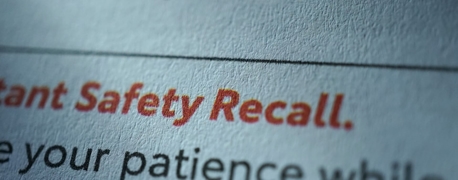Elements of an Effective Warning Label

A warning label is a label attached to an item that warns the user about the risks associated with the use of the item. For example, many products that pose certain health risks such as cigarettes, pharmaceutical drugs or flammable objects are required to place warning labels on the packaging. Machinery or other potentially dangerous equipment usually is accompanied by warning labels as well.
Warning labels can come in all shapes and sizes, but an effective warning label should always be seen, read and understood by the user so that he or she can proceed safely and avoid being harmed by the use of the product or equipment. An effective warning label should always contain the following elements:
Clear Statement of the Danger
For example, a person purchasing a pack of cigarettes needs to know that smoking can cause lung cancer; a person who is about to dive into a pool needs to be warned if there is shallow water; or a person operating a stove needs to be warned of a hot surface.
Specific Consequences Resulting from Exposure to the Danger
For example, a person who smokes on a regular basis may develop lung cancer; a person who dives into a shallow pool may become paralyzed; or a person operating a stove may be burned.
Instructions to Reduce Likelihood of Exposure to Danger
For example, "don't smoke" or "no diving" or "do not touch."
Appropriate Signal Word to Inform the User of the Severity of the Danger
Not all dangers are equal. While some could be fatal, others are merely minor hazards. Appropriate language should be used that informs the user of the level of risk involved. For potentially fatal consequences of a given action, the warning label should use "Danger." A "Danger" label should be used to warn of the risks of diving into a shallow pool. For life-threatening consequences that are not immediate – such as smoking – the warning label should use "Warning." For dangers that are not life-threatening, the warning label should use "Caution."
While those four elements should always exist on an effective warning label, there are other things that can be done to increase the likelihood of the warning being heeded by the user. Design elements that could improve a warning label include:
- Bold print
- Contrasting colors
- Borders and underscoring for emphasis
- Easily understandable pictures or symbols to represent the danger
Decades of research has shown that warning labels that include all of the elements outlined above are the most effective at deterring people from using a product unsafely. Manufacturers who are designing a warning label should not only comply with the standard ANSI Z535 Warnings Code, but also follow the guidelines laid out in this post.


